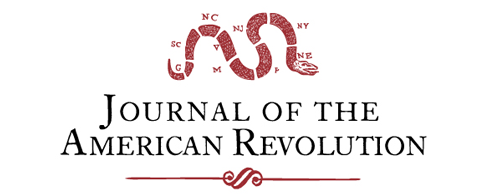The Case of New Ireland—Not Meant to Be
Americans made repeated unsuccessful attempts during the Revolution to capture Canada and incorporate it into the nascent United States. The British, meanwhile, attempted to incorporate additional territory into Canada. This territory, though not yet part of the United States, would eventually become so. As such, this effort also failed. If that weren’t enough, as with […]
